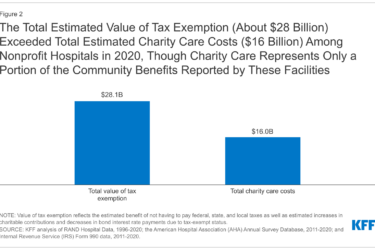Michelle Andrews at Kaiser Health News is exploring value-based health insurance plans, a growing field that bases its reimbursement rates on how effective it believes certain treatments are. Under these models, for example, things like cholesterol-lowering drugs and help with weight management are provided free, while things like MRIs and back surgery come with hundreds of dollars in added penalties. In other words, instead of denying treatments of dubious efficacy, they keep them available but ask the patient to shoulder more of the burden.
The principle behind it is a familiar one.
A landmark 1982 study showed that as out-of-pocket costs rise, consumers spend less on health care services. But they scrimp not just on care that’s ineffective or unnecessary but also on care that they need, treatment that’s highly effective at addressing their condition.
To help us understand the system, Andrews profiles a recent large-scale implementation in Oregon. She focuses on the disincentives, or “sticks.”
In October, 155,000 Oregon public education employees and their dependents began to experience this stick approach. Their plans already offer carrots: free preventive care and low-cost or free generic drugs for chronic conditions. But starting in October members will be charged an extra $500 if they get services that the state Educators Benefit Board has determined are overused or “preference sensitive” to patient choice, including spinal surgery, knee and shoulder arthroscopy, hip and knee replacement and upper endoscopy exams. Patients will pay an extra $100 for advanced imaging tests and sleep studies.
…
People are willing to compromise, says Marge Ginsburg, executive director of the Center for Healthcare Decisions, a Sacramento-based nonprofit that studies how consumers make health care choices. They’re open to “the idea that yes, it’s still available to you, but it’s going to cost you more,” she says.Outright denials, on the other hand, don’t sit so well. “People are really unhappy if you draw a line in the sand.”









